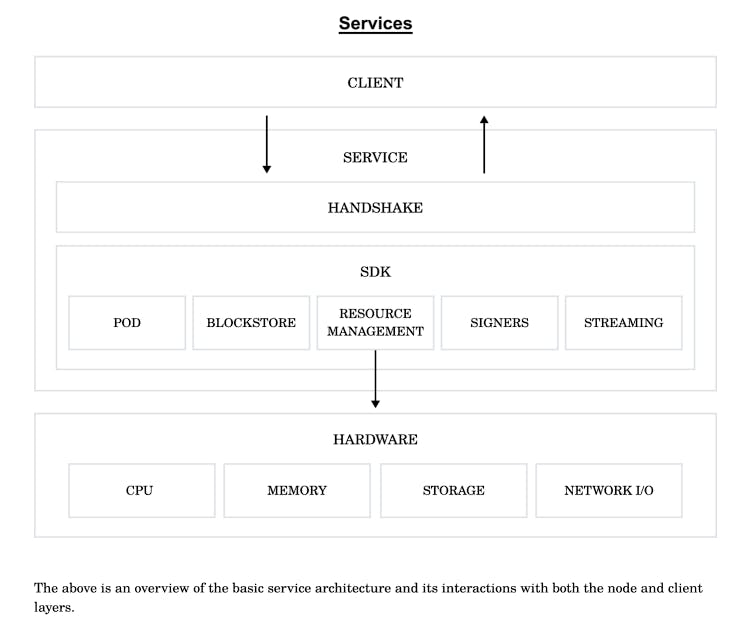Following a thorough reading of the white paper, here is what I learned about the Fleek network.
What is Fleek's network?
Fleek is a decentralized edge network that is designed to facilitate the deployment and use of web services effectively like CDN(Content Delivery Network) and serverless function etc.
The demand for a decentralized solution to support Web3 protocols, middlewares, services, apps, etc. gave a boost to the fleek's network. Fleek network's goal is to provide a platform in which all Web3 protocols, services, middlewares and applications can benefit from to further decentralize the stack efficiently.
Due to the introduction of a highly performant decentralized edge network into the Web3 stack as a shared orchestration, infrastructure and performance layer that could be used for almost every Web3 protocol, service, app, middleware etc

Key Concepts and Performance Optimizations
Geographic Awareness :
The network gains an understanding of geographic proximity through data it collects on latency and hop counts between the nodes.
Smart Routing and Work Allocation :
It uses algorithms to route work on network nodes depending on the reputation statistics and allocate work accordingly.
Stateless Execution :
This helps the network to maintain maximum performance and low latency. Also, it allows the shuffling of services across nodes.
VM-Less Core :
Fleek network's core protocol does not use a VM(Virtual Machine), which enables more efficient uses of node resources for services and this smoothens the constraints of developers who are building services.
Built-in (externally powered) File System :
The network has a built-in file system powered by multiple external decentralized storage protocols thus, it optimizes performance and reduces latency.
Content Addressable Core :
It incorporates a Distributed Hash Table (DHT) which enables the network to store a flexible mapping of any IPLD (Interplanetary Linked Data) or external constant data.Incremental Content Retrieval and Verification :
This concept utilizes precomputed data trees with larger block sizes and offers utility functions to prune large trees into smaller subtrees.
Protocols
Fleek Network is a proof-of-state Ethereum side-chain with its own network of edge nodes that leverages a combination of protocols and incentives and guarantees to achieve a trustless, decentralized and long-term sustainable environment.
Some of the common protocols are :
Succinct Chain State
Narwhal and Bullshark Consensus
Delivery Acknowledgement SNARK'S
Performance Based Reputation
Services
A service on Fleek Network is a modular piece of edge-enabled software that runs on the edge nodes, delivering unique functionality to its end users and considered the user interface of the network.

SDK (Software Development Kit) :
It facilitates efficient communication with the middleware through an advanced Inter-Process Communication (IPC) system.
Interacting with a Service :
The handshake component in the Fleek Network core serves as the entry point for external communication with a node, enabling the client to establish a session and interact with various services.
Node Assignment and Shuffling :
Algorithms help in determining the most efficient placement of services within the network to maximize resource utilization and overall performance. Importantly, when there is an increase in demand for services then the services are automatically downscaled.
Resources and Commodities :
The hardware resources consumed from services are packaged and measured as commodities.
Edge Compute Service Examples :
Service-side Rendering
Consensus-based Computation
Deterministic Computation
EVM Compatible Computation
Grid Compute
Inference
The fleek network enhances modern web architecture by combining the edge network and Web3 fundamentals.
Fleek network is thus completing the puzzle of our Web3 infrastructure.
Words from Harrison Hines, Fleek Co-founder and CEO
